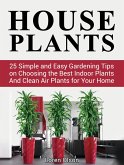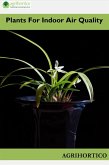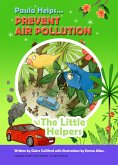The book systematically progresses from establishing historical context of indoor air pollution to examining specific contaminants, including volatile organic compounds (VOCs), particulate matter, and biological pollutants. Through accessible graphs and data interpretations, it demonstrates how modern building practices, while energy-efficient, can inadvertently trap pollutants inside. The text draws from World Health Organization standards and current scientific research to illustrate the significant impact of indoor air quality on human health, productivity, and overall well-being.
What sets this guide apart is its balanced approach to technical information and practical applications, making it valuable for both professionals and general readers. The book provides specific, actionable strategies for identifying pollutant sources, implementing effective ventilation solutions, and selecting low-emission materials. While maintaining scientific accuracy, it addresses ongoing debates in the field, such as the balance between energy efficiency and ventilation, concluding with emerging concerns about climate change's impact on indoor air quality and new building technologies.
Dieser Download kann aus rechtlichen Gründen nur mit Rechnungsadresse in A, B, BG, CY, CZ, D, DK, EW, E, FIN, F, GR, H, IRL, I, LT, L, LR, M, NL, PL, P, R, S, SLO, SK ausgeliefert werden.









